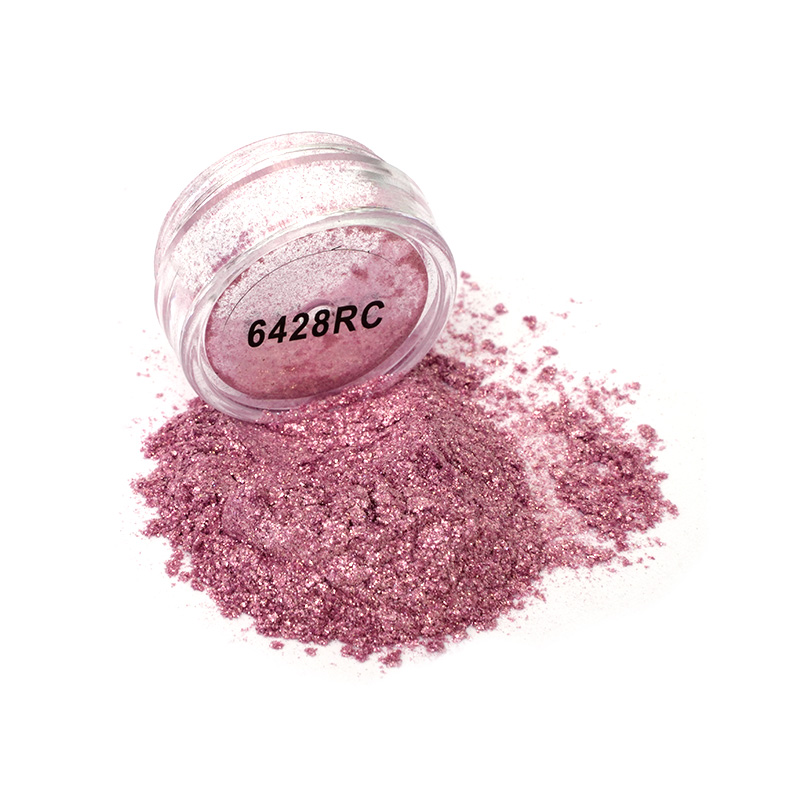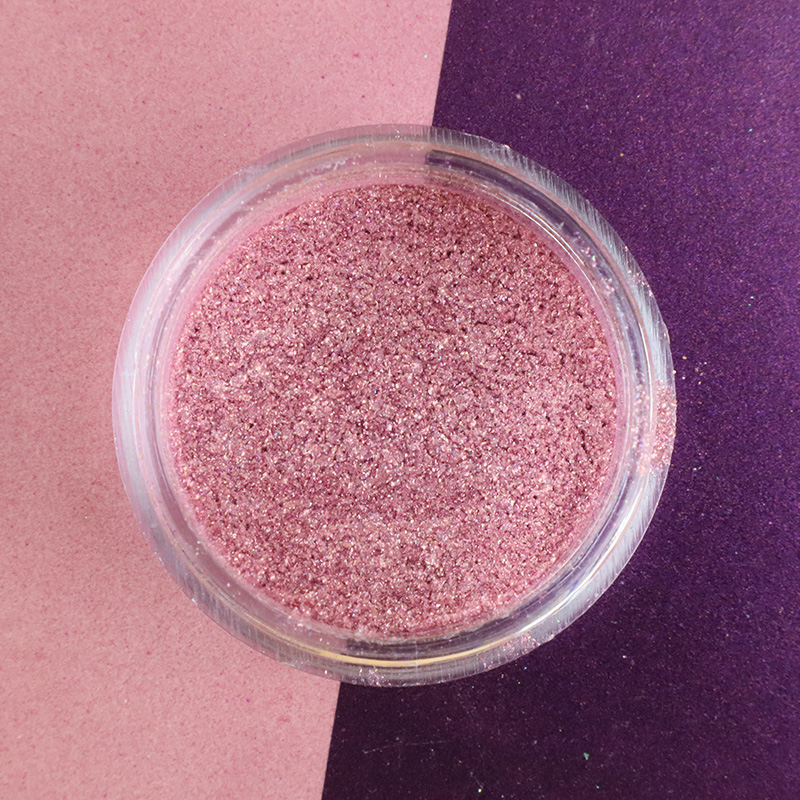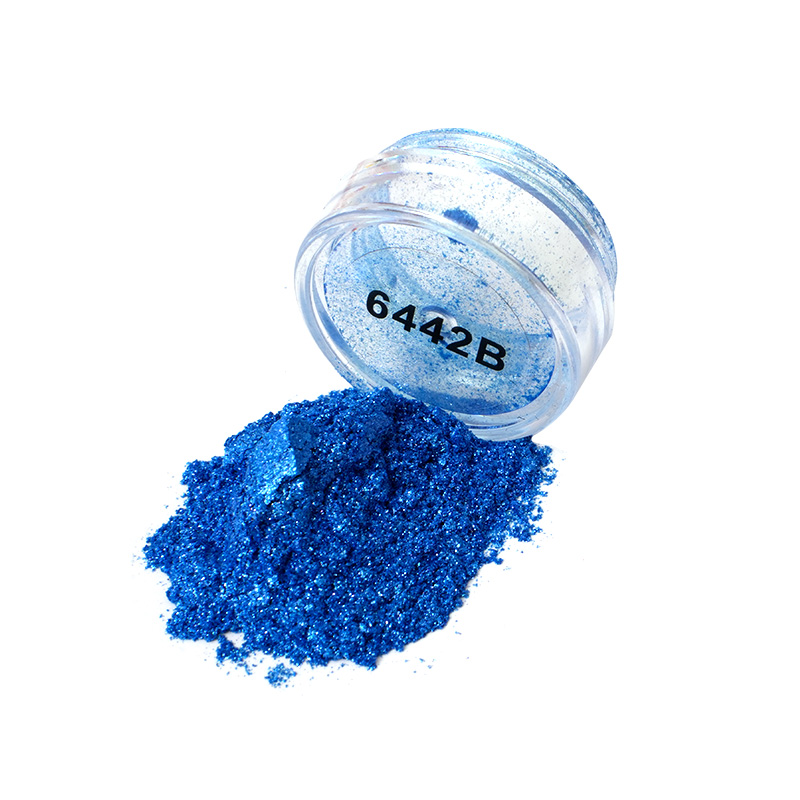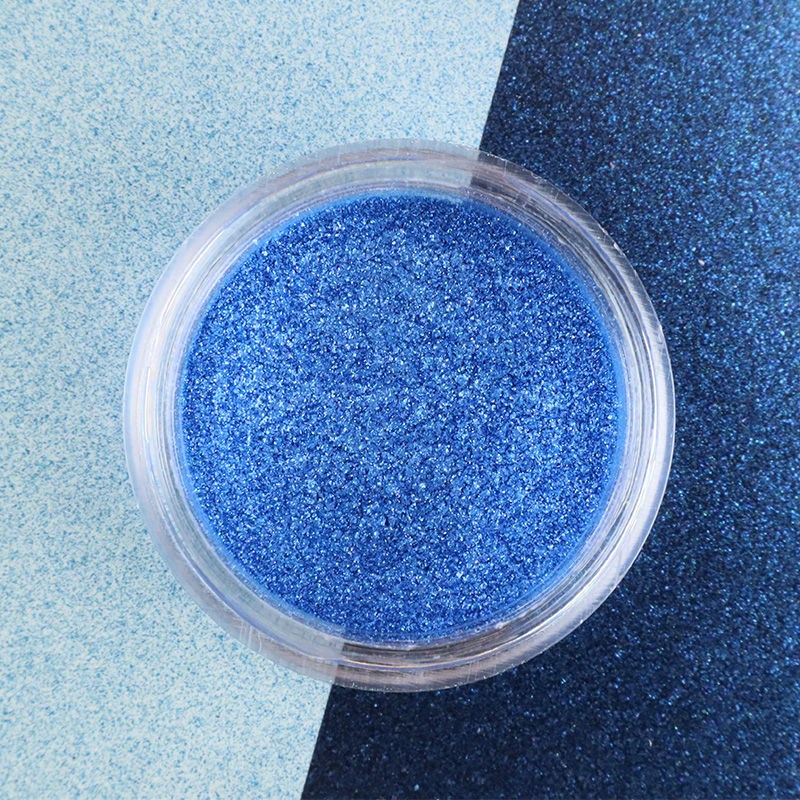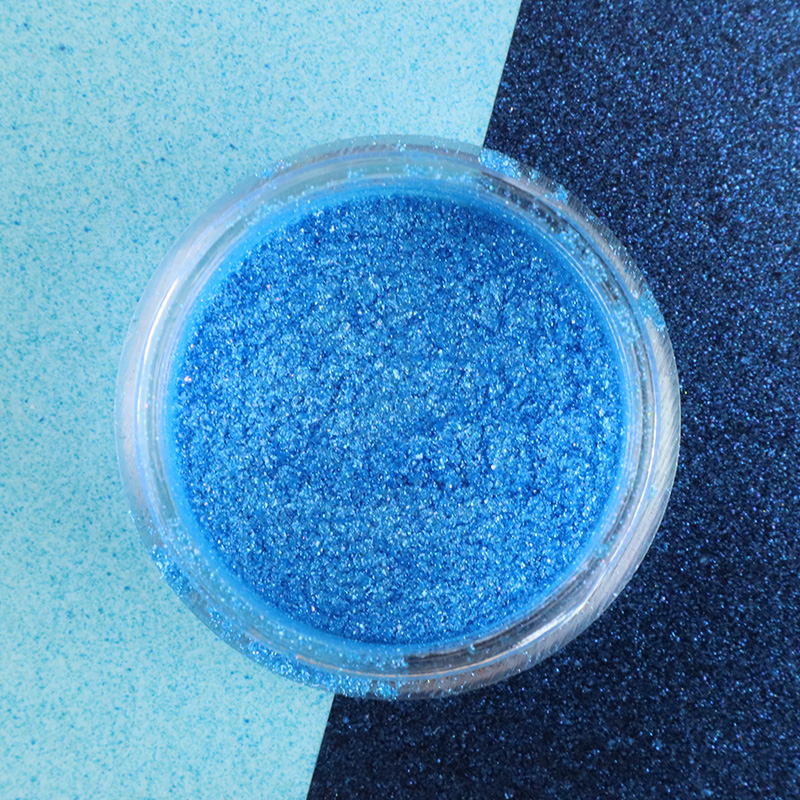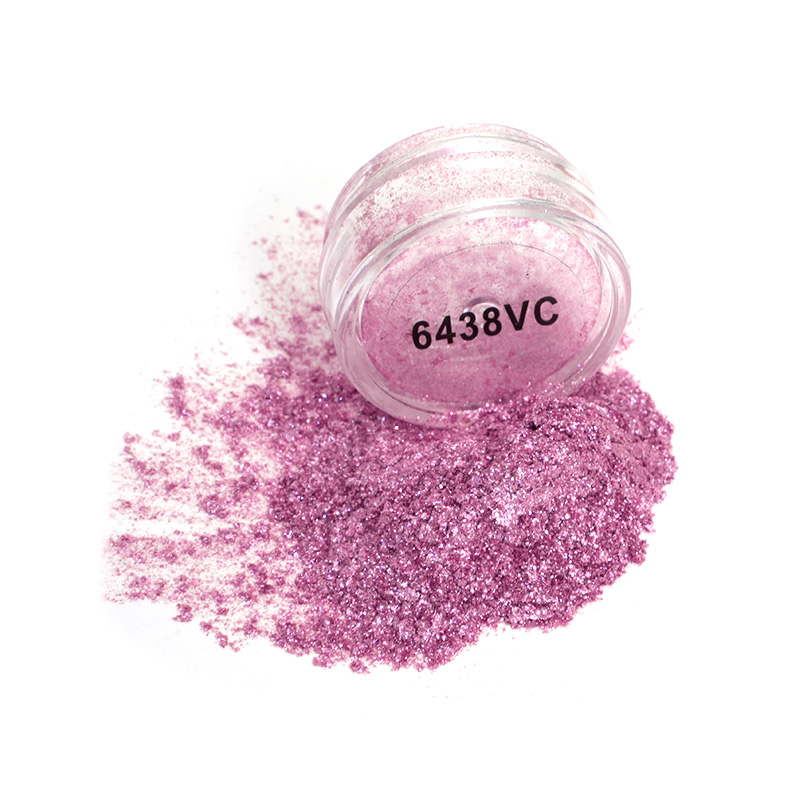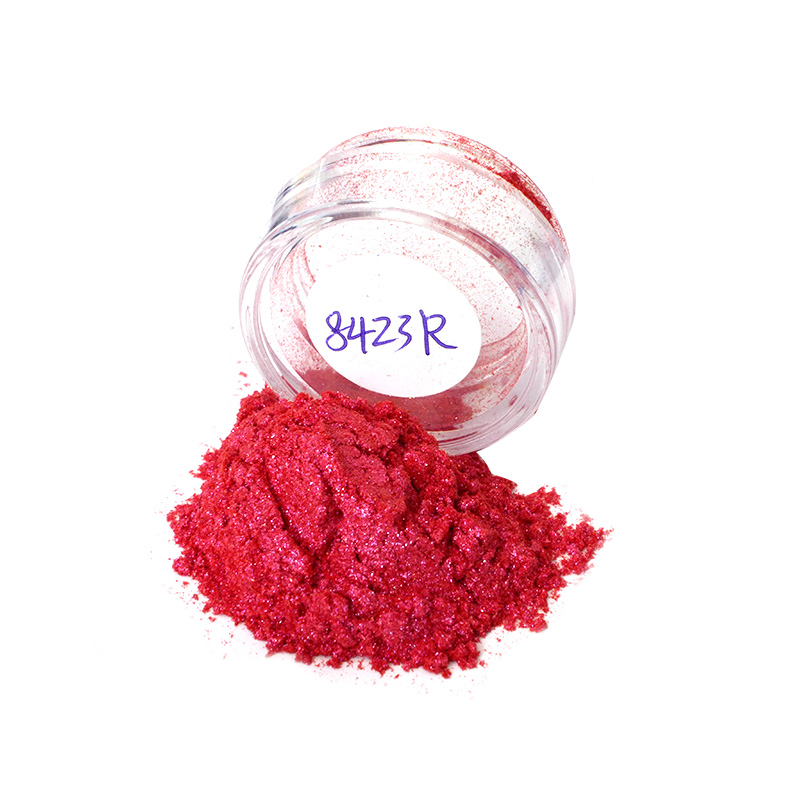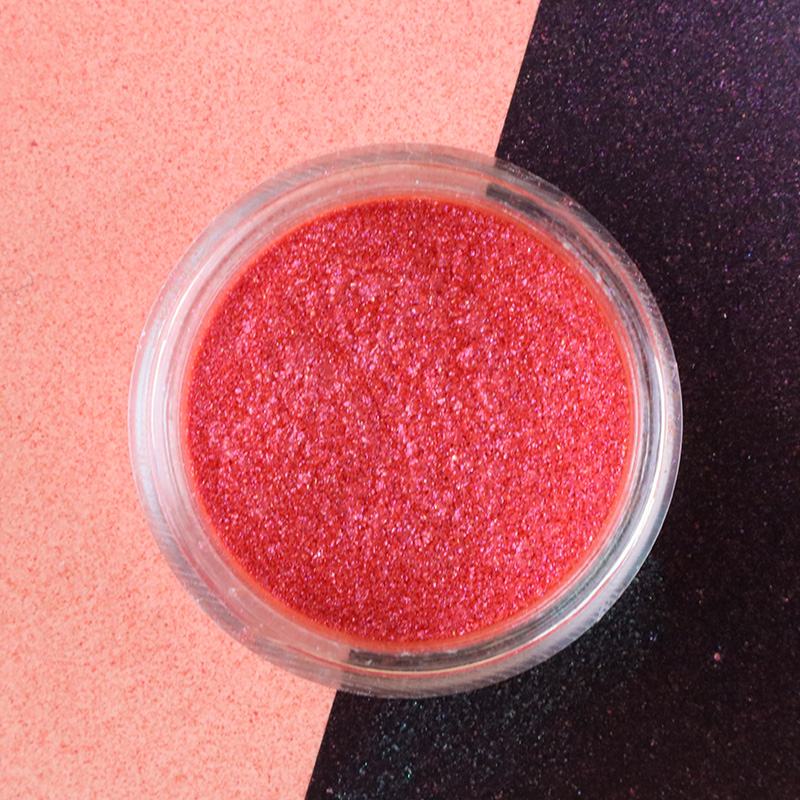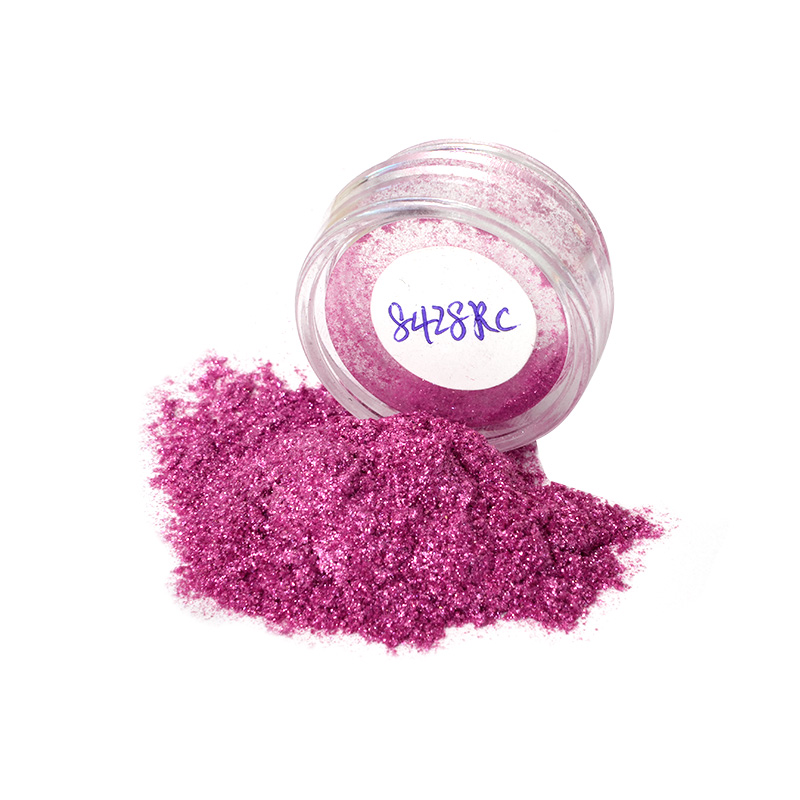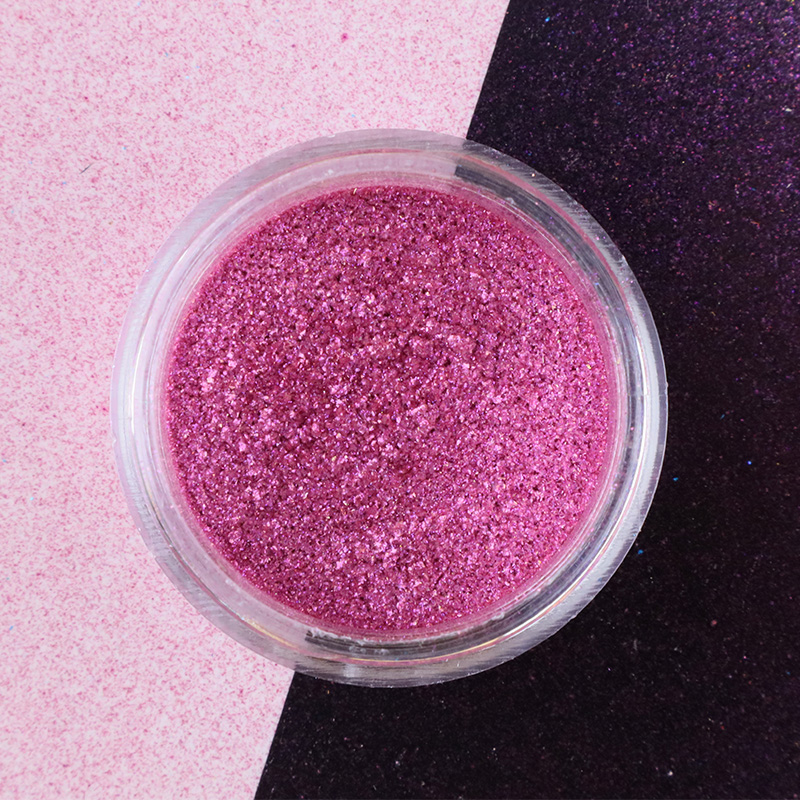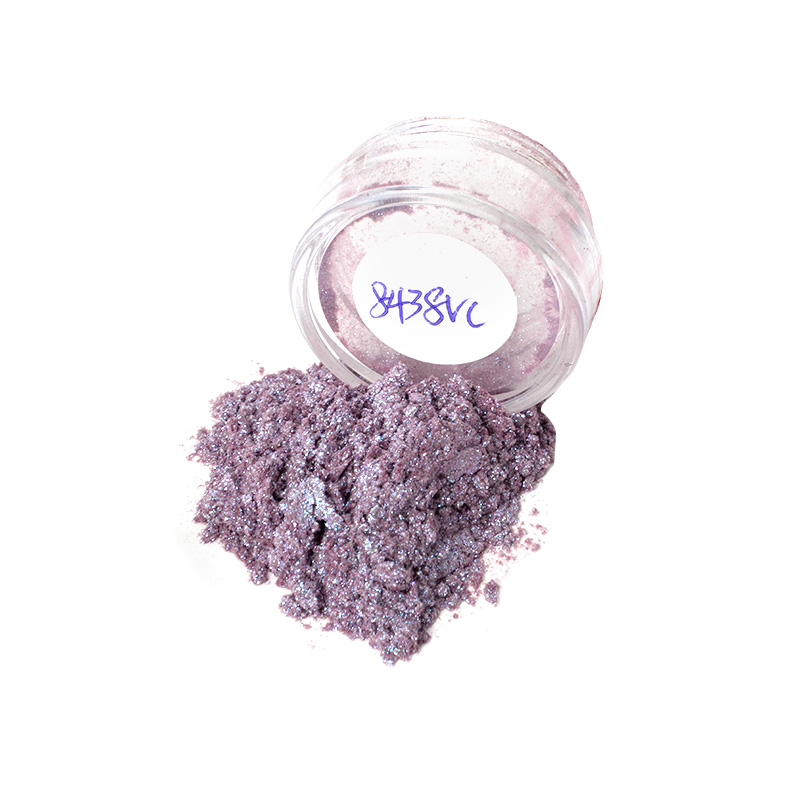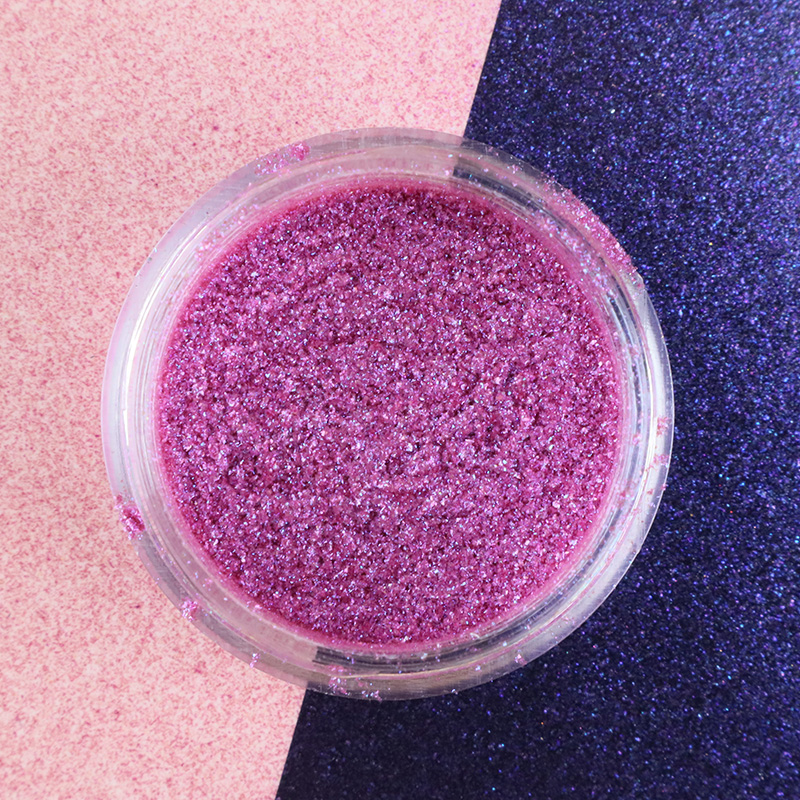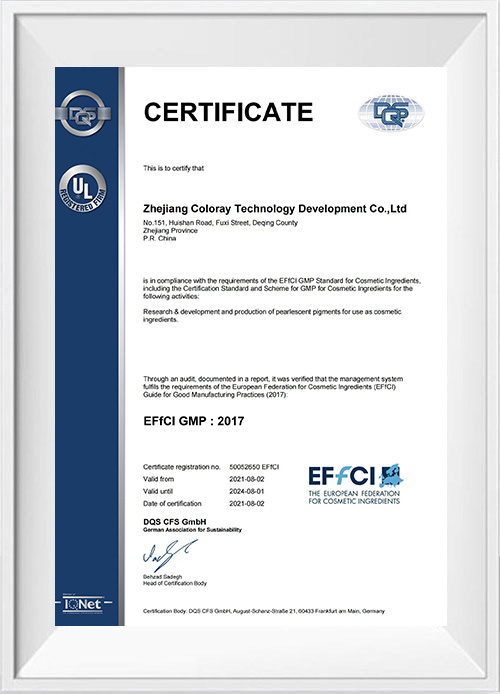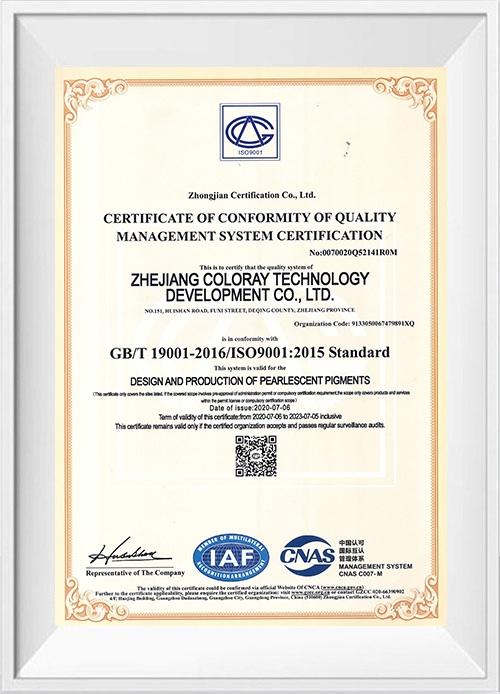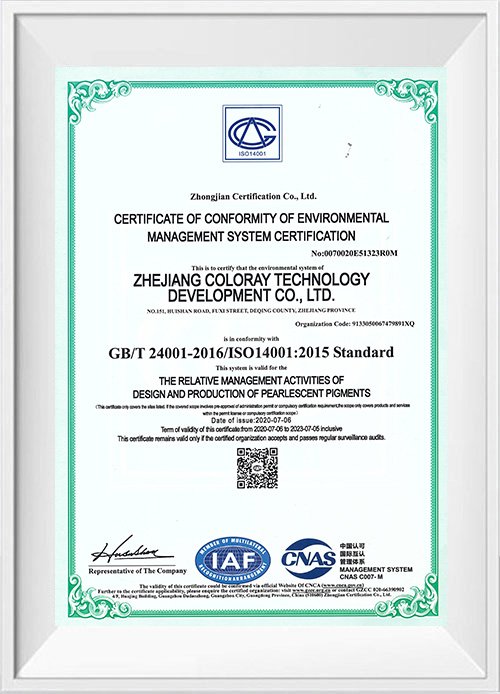How to choose the right packaging for conventional color coating pigments during transportation?
Choosing the right packaging is the key to ensure that conventional color coating pigments are not damaged during transportation and maintain stable quality. The following are specific steps and suggestions for choosing the right packaging:
Waterproof and moisture-proof materials: Use waterproof and moisture-proof packaging materials, such as multi-layer plastic bags, moisture-proof paper or aluminum foil bags, to protect the pigments from moisture. Add desiccant (such as silica gel desiccant) to the packaging to further prevent moisture absorption.
Strong outer packaging: Choose strong materials such as high-strength corrugated boxes, plastic barrels or metal cans that can withstand squeezing and collision during transportation. Ensure that the outer packaging material has good compressive strength and impact resistance.
Sealing performance: Use containers with good sealing properties, such as sealed bags, plastic barrels or metal cans to prevent pigment leakage and oxidation. Ensure that the packaging is tightly sealed to reduce air entry.
Inner packaging: Put the pigment in a sealed plastic bag or aluminum foil bag, and then put it in the outer packaging box or barrel to provide multiple protection. Use lining materials (such as bubble film or foam pads) to fill between the pigment bag and the outer packaging to provide additional cushioning and protection.
Outer packaging: Choose outer packaging suitable for the mode of transportation, such as cartons, plastic barrels or metal cans. For long-distance transportation or sea transportation, metal cans and plastic barrels are more suitable. For carton packaging, you can choose a multi-layer corrugated box with high protection, and use partitions in the box to separate different pigment packages.
Anti-vibration protection: Use anti-vibration materials (such as foam, pearl cotton, bubble film) to fill the package to prevent vibration and impact during transportation. Ensure that the pigment container is firmly fixed in the packaging box to reduce the risk of shaking and collision.
Anti-leakage measures: Use sealing strips, sealing stickers or heat sealing equipment to ensure the sealing of the packaging bag to prevent pigment leakage. Check and confirm the sealing status of each packaging container to prevent accidental opening during transportation.
Clear labeling: Clearly mark the product name, batch number, production date, net weight, gross weight and other information on each package for easy identification and management. Use eye-catching labels to indicate transportation precautions such as "moisture-proof", "handle with care", "vibration-proof", "fragile", etc. to remind transportation and loading and unloading personnel.
Warning labels: Add warning labels such as waterproof, moisture-proof, and shock-proof to the outside of the package to ensure special attention during transportation and warehousing. According to the transportation requirements, use dangerous goods labels that meet international standards (if necessary).
Land transportation: Choose strong packaging materials suitable for road and rail transportation, taking into account the bumps and vibrations during transportation. Secure the packaging in the truck or train compartment to prevent the goods from moving during transportation.
Ocean transportation: Use waterproof and moisture-proof plastic barrels or metal cans to ensure the protection of pigments in high humidity and salt spray environments. Use containers that meet ocean shipping standards to avoid bumps and shaking during sea transportation.
What kind of quality inspection and monitoring are carried out on conventional color coating pigments before transportation?
Before transporting conventional color coating pigments, comprehensive quality inspection and monitoring is the key to ensure that the product is not damaged during transportation and maintain stable quality. The following are specific steps and suggestions:
Raw material inspection: Ensure that all raw materials used to make color coating pigments meet quality standards.
Perform component analysis and impurity inspection to ensure the purity and quality of raw materials.
Production process control: Strictly monitor every link in the production process to ensure that the process parameters meet the specifications. Record key parameters in the production process (such as temperature, humidity, reaction time, etc.) to ensure process stability.
Physical property testing: Check the particle size distribution of the pigment to ensure uniform particle size. Measure the specific gravity, oil absorption and other physical properties of the pigment to ensure that it meets product standards.
Chemical property testing: Analyze the chemical composition of the pigment to ensure that there are no harmful substances and excessive impurities. Conduct acid and alkali resistance, solvent resistance and weather resistance tests to ensure the chemical stability of the pigment.
Color and gloss testing: Use a colorimeter to measure the color of the pigment to ensure color consistency. Test the gloss of the pigment to ensure that it meets product requirements.
Dispersion test: Conduct a dispersion test on the pigment to ensure good dispersion during use. Check the dispersion effect of the pigment in different media to ensure that it is suitable for a variety of applications.
Inner packaging inspection: Ensure that the pigment is properly packed in a sealed bag or aluminum foil bag and is well sealed. Check whether the inner packaging is damaged or leaking.
Outer packaging inspection: Ensure that the outer packaging (such as cartons, plastic barrels, and metal cans) is not damaged or deformed. Check whether the seal of the outer packaging is firm to ensure that it will not be accidentally opened during transportation.
Vibration recorder: Use a vibration recorder to monitor possible vibrations and shocks during transportation to ensure that the packaging is not subjected to excessive mechanical stress. Analyze vibration data, evaluate risk points during transportation, and make improvements.
Protective measures: According to the vibration monitoring results, optimize the packaging design and fixing method to reduce vibration and shock during transportation. In high-risk transportation sections, use more stable packaging materials and loading and unloading methods.
Clear labeling: Clearly mark the product name, batch number, production date, net weight and other information on each package. Use eye-catching labels to indicate precautions such as "moisture-proof", "handle with care", and "vibration-proof".
Transport documents: Prepare the documents required for transport, including product inspection reports, quality certificates, and transport contracts, etc. Ensure that the documents are complete and accurate to facilitate inspection by the transporter and recipient.
